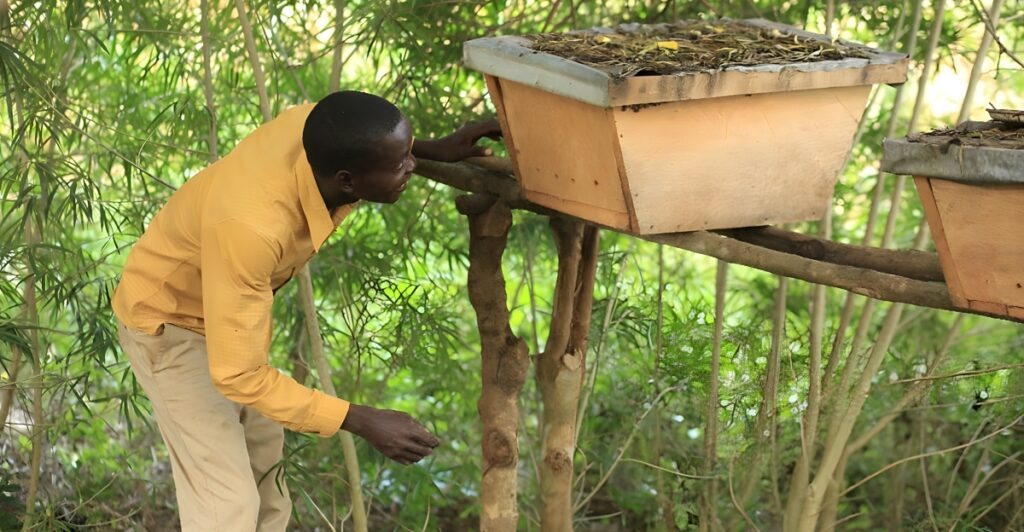
As human infrastructure expands in Kenya, the habitat for elephants and other animals shrinks, and conflicts have only risen in recent years. Using bees, ways for a sustainable environment where elephants and local farmers can coexist have been investigated and developed.
A Danger To Humans
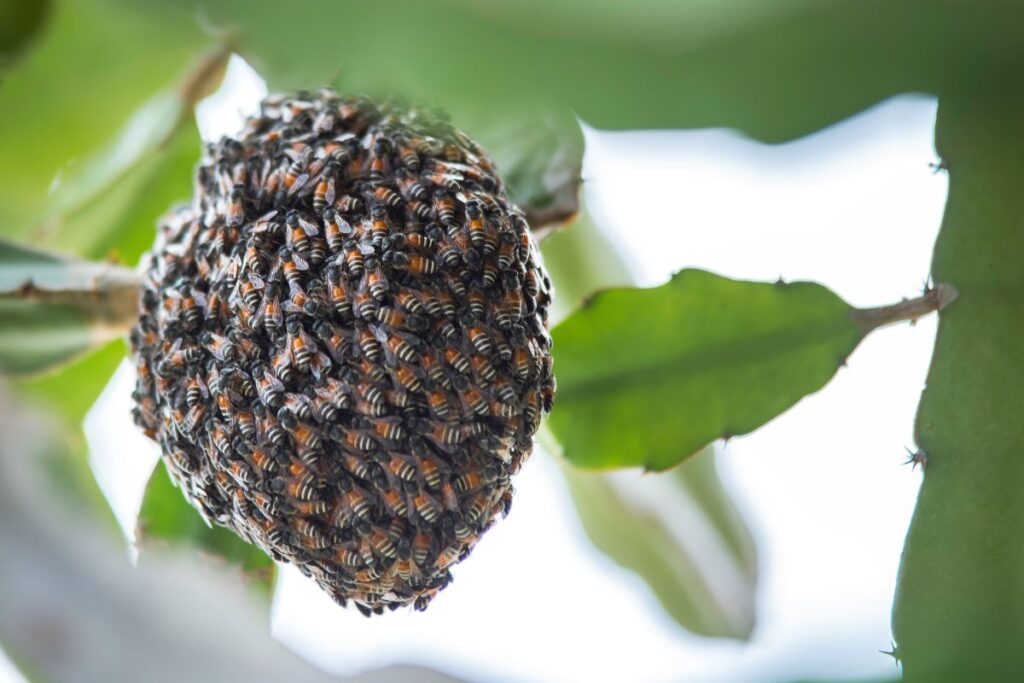
Elephants trampling crops pose more danger to humans than just an immediate threat to farmers. This also causes food insecurity for the local population and lost opportunity costs. Elephants are initially attracted to farms for their crops, but sometimes, they go even further and end up damaging housing.
Nine Years Of Research

Cost-effective solutions to this problem have been extremely hard to develop, but nine years of research finally found the solutions that many Kenyan farmers were hoping for. The study had multiple collaborators, including the University of Oxford, the research charity Save the Elephants, the Wildlife Research and Training Institute, and the Kenya Wildlife Service.
Bees Might Be The Answer

Research showed that elephants would avoid beehives at any cost, so Save the Elephants and Kenya Wildlife Service set up beehive fences in 2007. Live beehives were installed between posts to create a perimeter around crops or anything that farmers don’t want elephants getting into.
Avoiding Them At All Costs
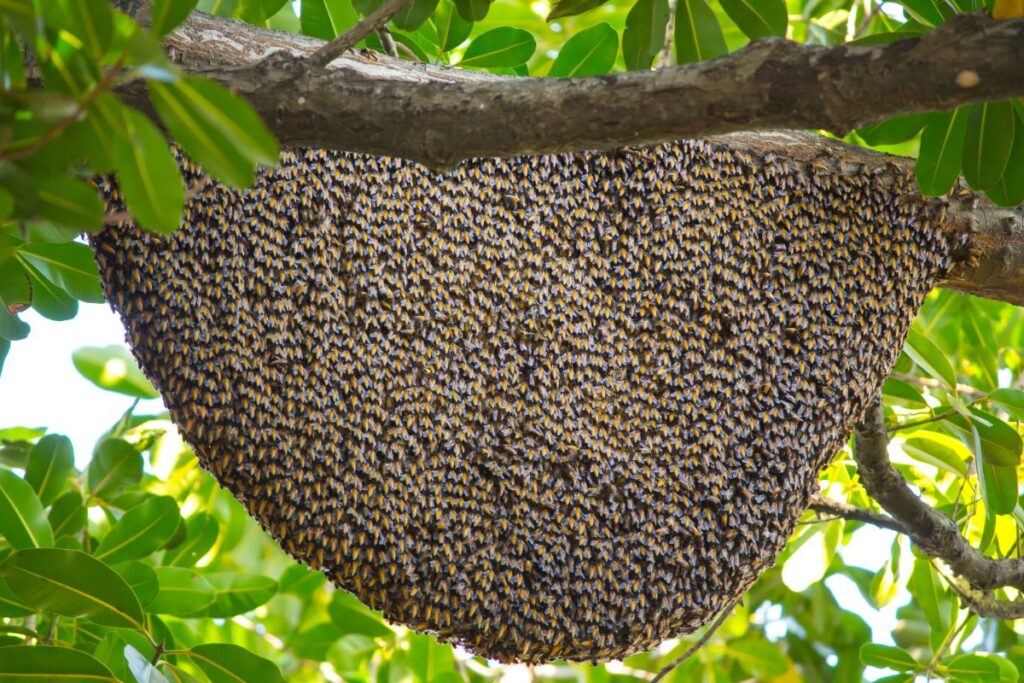
Twenty-six farms were set up with beehive fences near Tsavo East National Park, and elephants were observed avoiding them. A local farmer, Charity Mwangome, said, “The beehive fences came to our rescue. We used to hate elephants a lot.”
On Edge

Mwangome and many other farmers said they are constantly on edge, unsure when the large mammals could arrive, attracted by the smell of their crops. Since the 1990s, Tsavo’s elephant population has nearly tripled due to successful wildlife preservation.
Local Beekeeping

To help build the necessary infrastructure, Save The Elephants has incentivized locals to pick up beekeeping. The program is still flawed as it requires a $1000 startup but once started does provide enough of an income for schooling. Forty-nine beekeepers have been recruited thus far. Beekeeping is helping the environment more than just harvesting the honey and deterring the elephants. The rise in bee population means more pollination and potentially better crop yields.
Picking Up In Other Countries
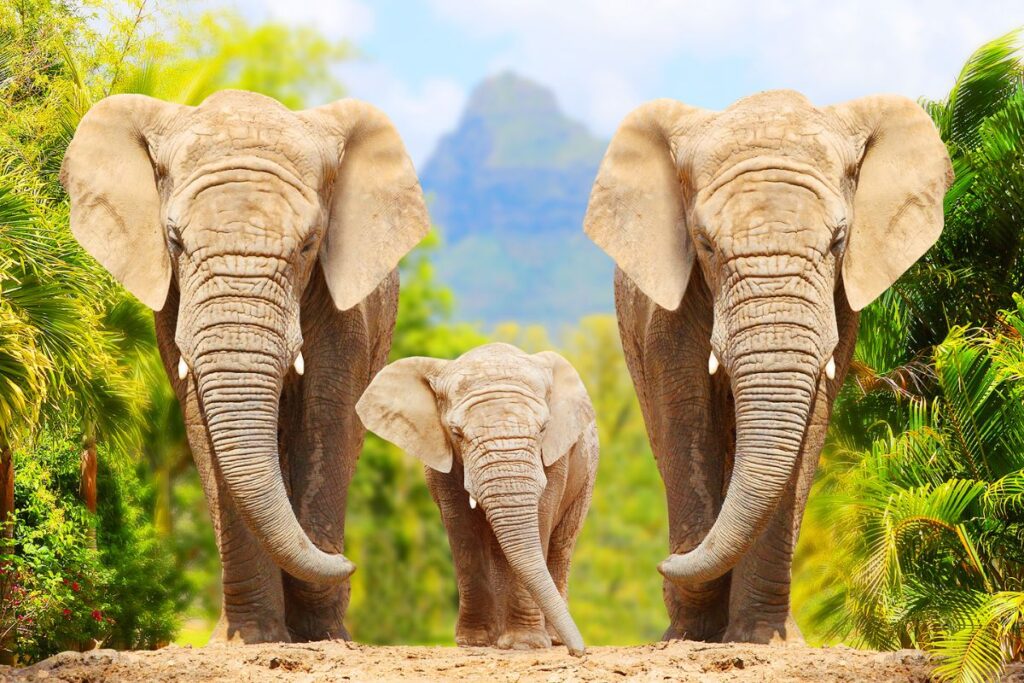
The practice has picked up, and farms in Zambia and Malawi have also started to adopt it. The International Fund for Animal Welfare delivered 300 beehives around Kasungu. The program has not only helped to keep elephants away from local farms but also to dissuade people from resorting to poaching.
A Success
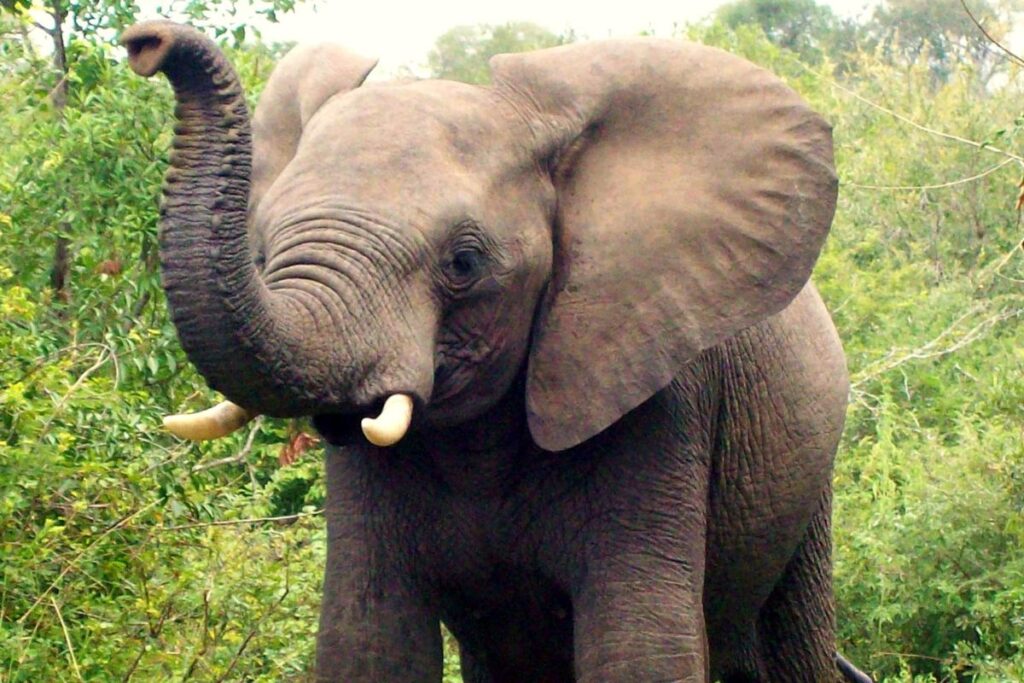
From January 2014 to 2020, the effectiveness of the beehives was observed. Three thousand elephants approached beehive fences and were immediately deterred by the tens of thousands of bees humming on the fence. The wires that string up the beehives vibrate wildly if an elephant gets curious enough, irritating the bees. The fences had an 86% success rate, showing a critical success.
Difficulties
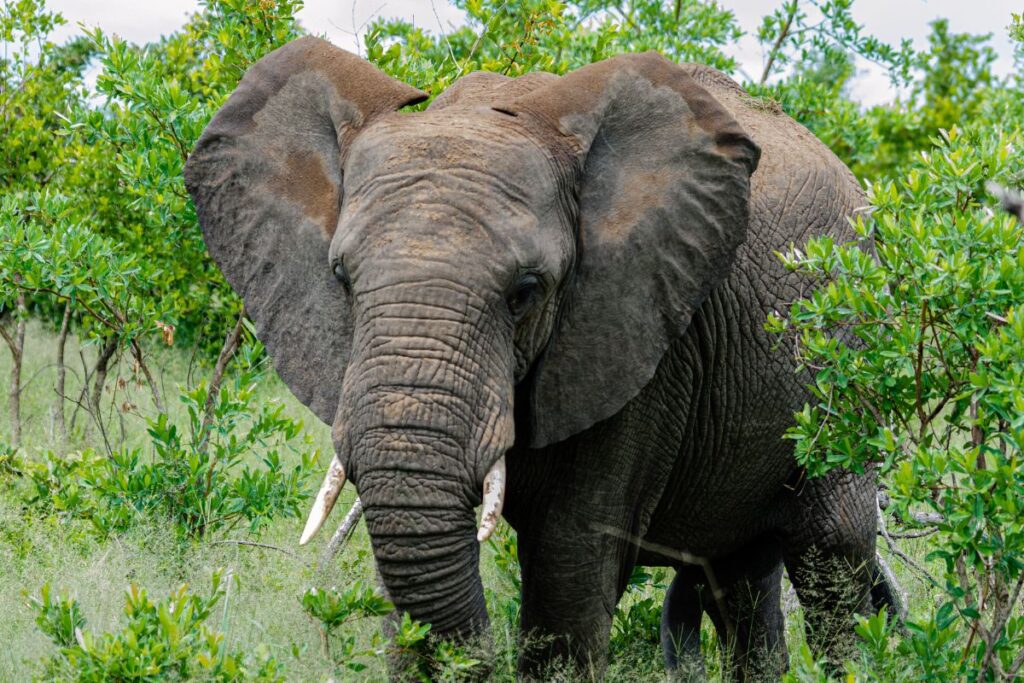
Despite their potential, beehive fences are difficult to implement on a large scale. Relying on bees could also lead to problems if a drought occurs, which could reduce the bees’ habitation of hives by up to 75%.
Source:
Farmers Use Bees to Deter Elephants from Romping Over Crops–a Win-Win for All
Stay connected with us for more stories like this! Follow us to get the latest updates or hit the Follow button at the top of this article, and let us know what you think by leaving your feedback below. We’d love to hear from you!







